Best Eye Drops For Cataracts
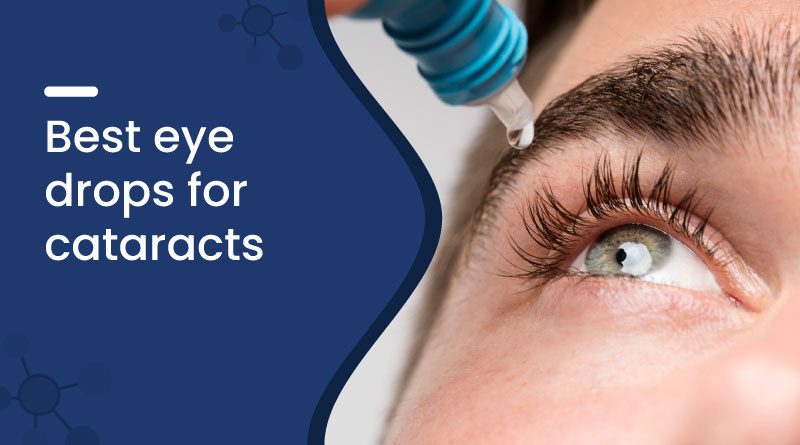

Eye drops for cataracts are known to relieve blurred vision caused by cataracts. These drops may work by reducing oxidative stress and improving lens clarity. Though not a full cure, they can delay progression and support better eye health. They are easy to use and may help avoid surgery if used regularly.
Benefits of the Best Eye Drops for Cataracts
- Decrease Cataract Growth: Slows cataract development by reducing cloudiness in the lens and protecting the eye from further damage naturally.
- Improves Vision: Sharpens blurry vision, increases concentration, and focus.
- Reduces Eye Inflammation: Decreases redness, irritation, swelling, and inflammation.
- Protects Eye Damage: Antioxidant action prevents stress-induced eye damage and improves vision.
- Moisturizes the Eyes: Hydrates the eyes, reduces discomfort, and relieves irritation.
- Supports Overall Eye Health: Nourishes the eyes, improves vision, and prevents age-related eye damage.
How Do Eye Drops for Cataracts Work?
Cataract eye drops work by breaking down cloudy protein buildup in the lens, improving clarity, slowing progression, and helping maintain better vision without surgery.
How to Use Cataract Eye Drops
- Wash and dry your hands
- Do not touch the tip
- Tilt your head back and look up
- Pull down the lower eyelid gently
- Instill one drop into the eye
- Close your eyes and blink normally
Is It Easy to Treat Cataracts with Eye Drops?
No, cataracts cannot be easily treated with eye drops because eye drops cannot fully remove or cure them. They may slow down its growth, but surgery is the only permanent and effective solution for full vision clarity.
Can We Use Eye Drops After Cataract Surgery?
Yes, using eye drops after cataract surgery is important. They help prevent infection, reduce swelling, and support proper healing of the eye after the surgical procedure.
What to Avoid?
- Avoid eye drops with harsh preservatives
- Stay away from steroid-based eye drops
- Don’t use expired or unsealed products
- Avoid drops not approved by doctors
- Stay clear of chemical-filled formulations
- Don’t rely only on drops, skip checkups
- Don’t mix too many eye-drop brands
- Avoid overusing beyond the recommended dose
- Don’t use others’ prescribed eye drops
List of Generic Eye Drops for Cataract in India
| Medicine Name | Benefits |
|---|---|
| Carboxymethylcellulose | Relieves dryness and soothes irritation for cataract patients by keeping eyes moist and comfortable. |
| Ketorolac | Reduces inflammation and pain after cataract surgery, improving healing and overall eye comfort. |
| Moxifloxacin | Prevents or treats bacterial infections during or after cataract surgery, ensuring faster recovery. |
| Prednisolone Acetate | Reduces post-surgery inflammation and swelling, helping your eyes heal faster and feel less irritated. |
| Brimonidine Tartrate | Helps control eye pressure, which can increase after cataract surgery, protecting vision and eye health. |
| Tobramycin | Fights eye infections before or after cataract surgery to avoid complications and speed up healing. |
| Timolol Maleate | Lowers increased eye pressure in cataract patients to prevent further vision damage or eye strain. |
| Gatifloxacin | Protects against bacterial infections after cataract surgery, ensuring a smoother and safer recovery. |
| Dexamethasone | Reduces swelling and redness after cataract surgery for faster healing and more comfort. |
List of Zeelab Eye Drops for Cataract in India
| Medicine Name | Composition | Benefits |
|---|---|---|
| Zeelab Nepaz Ophthalmic Suspension | Nepafenac Ophthalmic Suspension (0.1%) | Reduces eye inflammation and slows cataract progression with anti-allergy protection and clear vision. |
| Oflozee K Eye Drops | Ofloxacin 0.3% + Ketorolac Tromethamine 0.5% + Benzalkonium Chloride 0.02% | Combats eye infection, eases redness, protects the lens, and supports clear vision during cataracts. |
When to See a Doctor?
- If you are diagnosed with cataracts
- If your eyesight gets blurrier than before
- When eye drops are not helping at all
- If you feel pain or burning in your eyes
- When you see two things instead of one
- If lights look too bright or have circles
- When it’s hard to read or do daily work
- If colours look dull or yellowish
- When the cataract seems to grow quickly
- If eye drops cause itching or redness
Summary
Cataract eye drops help slow the clouding of the eye lens. They offer non-surgical relief, especially in the early stages. Knowing how they work builds awareness. Many ignore symptoms until vision worsens. Early use supports eye health and may delay surgery. Spreading awareness matters. In short, cataract eye drops are a simple, supportive step toward clearer, healthier vision naturally.
Frequently Asked Questions (FAQs)
Q: What are cataract eye drops?
A: Cataract eye drops are medicines used in the eyes to help slow or manage early clouding of the eye lens.
Q: Can eye drops cure cataracts?
A: No, eye drops cannot fully cure cataracts, but they may help reduce symptoms or slow progression in the early stages.
Q: Are cataract eye drops safe to use?
A: Most cataract eye drops are safe as recommended by the doctor.
Q: For how long should I use cataract eye drops?
A: Eye drops can take months to show improvement in symptoms, as treatment depends on the cataract type and the stage being treated.
Q: Can children use cataract eye drops?
A: Cataract eye drops are rarely used in children under a doctor's advice for safety and care.
Q: Do cataract eye drops cause side effects?
A: No side effects are generally seen; however, in a few cases, mild eye irritation can occur.

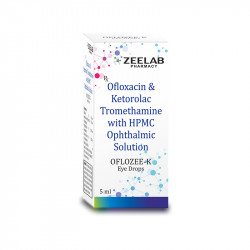
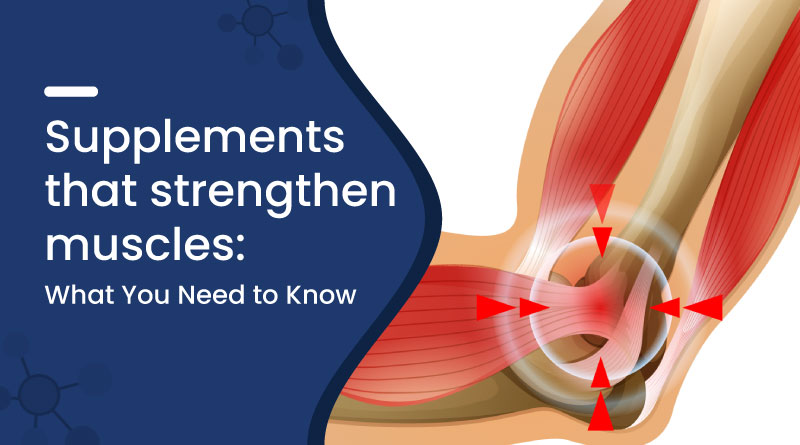


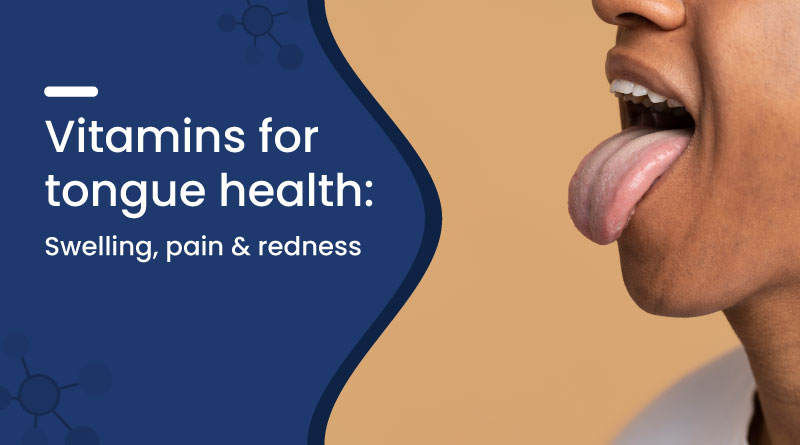
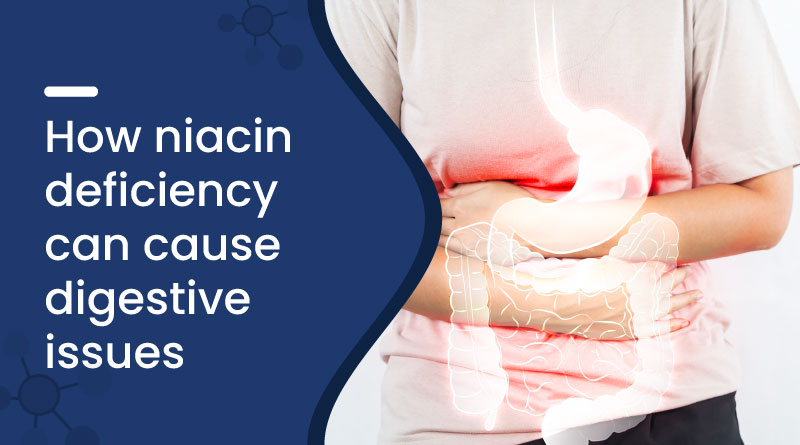
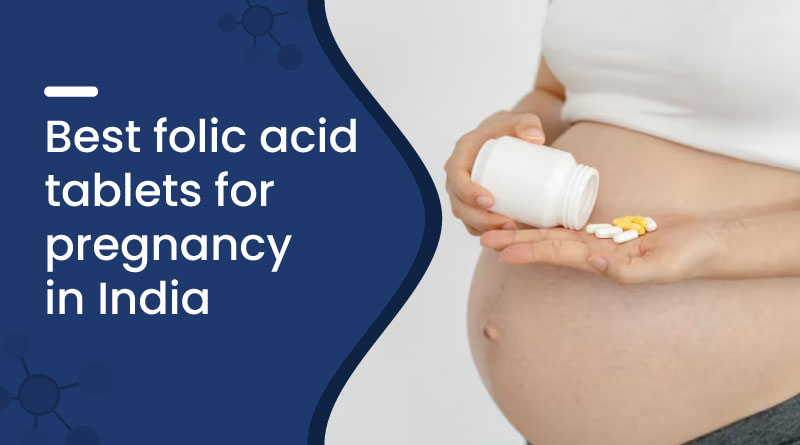

 Added!
Added!